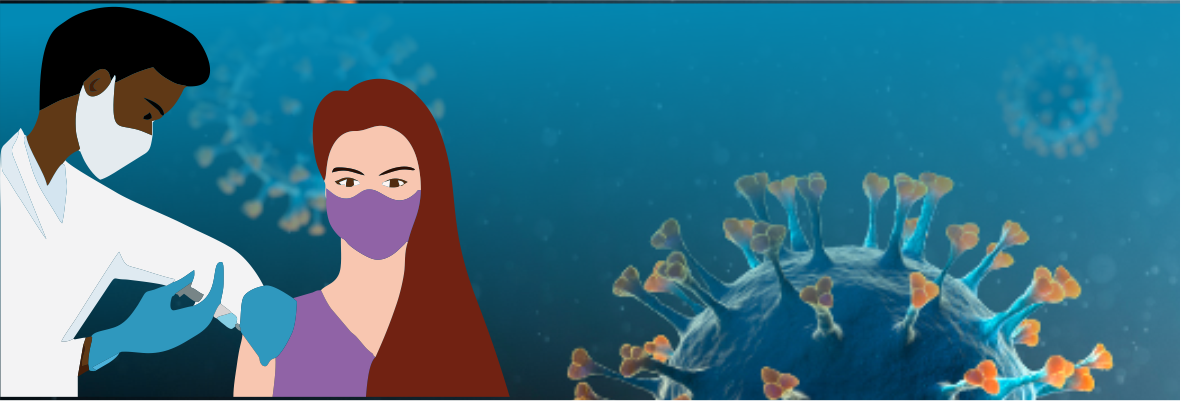Diagnosis Of COVID-19
Humanity has never been brought to a standstill as the COVID-19 pandemic has done. What started as a pandemic from a small market in Wuhan in China spread in no time to the entire world, barely leaving any pocket non-infected. Since the pandemic started, the race was to understand the pathogenicity of the proteins and submolecular entities of the SARS-CoV-2 virus, which has now been sequenced, and now the quest is to develop a targeted therapy and immunization mechanism to check the infection. The cases subsided with the strict lockdown imposed in 2020, and the country was recuperating back to normal when the second wave hit in late January 2021, and by mid-February 2021 it was evident that the second wave has started wreaking havoc as it has done in other countries like US, Brazil, and Italy.
Like any other virus, SARS-CoV-2 has undergone numerous mutations since the first wave of infection in early 2020. The immune system of an individual determines the severity of infection in the body. Acquired immunity can only be achieved when the multiple copies of the virus that replicate can bind with the antibodies and neutralize their effect, thereby also creating an immune memory; however, if there’s an alteration in the sequence of the virus, then the antibodies are not produced, which is like an immune escape and thereby creates mutated strains to reinfect the population again. A similar case has happened with the SARS-CoV-2 virus, where the first wave had infected around 40% of the population with a single strain, but newer variants brought the resurgence from the beginning of 2021. Apart from the laxity in precaution, the fatigue and stress of anti-COVID lockdown played an essential role in the spike of infections coupled with the overburden of the health infrastructure.
The major variants of SARS-CoV-2 that have been reported to date globally are the “UK” (B.1.1.7), the “South Africa” (B.1.351), and the “Brazil” (P1) variants. The variants of concern (VOCs) in India are B.1.36, B.1.1.7, and B.1.617. B.1.36 is prevalent in South India with the mutation termed as N440K and is responsible for reinfections in the region, while B.1.1.7 has been predominantly found in areas of Punjab and Delhi. Maharashtra has been the epicenter of the highest steep of cases and B.1.36 has been found to dominate this region. This variant has got two mutations E484Q and L452R, binding to the healthy cells and infecting at an alarming rate.
The focus now lies in addressing this steep rise of cases with the identification of the strains with proper diagnosis, an effective vaccination program with more extensive coverage of the population at the earliest, and last but not least, the monitoring of antibodies post-vaccination surveillance. The broad spectrum consensus lies in determining the levels of developing, binding and neutralizing antibodies and monitoring the rate of acquiring intermediate to long term immunity.
J Mitra developed two different ELISA kits for the detection of COVID antibodies. The COVID-19 (IgM+IgG+IgA) Microlisa provides a comprehensive idea of antibodies’ production at the early onset of infection. Whereas the COVID Kawach IgG Microlisa kit developed under transfer of technology from ICMR ideals for recovery of patients and Plasma Therapy, thereby helping to determine if the population is reaching the phase of herd immunity. The kit has been approved by ICMR and has a specificity of 100% and sensitivity of 96.33%. The Kawach IgG Microlisa kit by J Mitra is easy to use with minimal reagent preparation and quick turnaround time, high precision, and comparatively affordable than any other Tests in the domain.


